Play! Long
Play! Long is one of the key pillars of our Play! Philosophy. It means enjoying the game for a lifetime. Tennis is a lifelong sport, and we teach you to take care of your health and fitness so that you can enjoy the sport for many years to come.
Many beginners turn to group lessons as a starting point for learning tennis. But what can you expect from these sessions, and how do they help cultivate the skills you need to excel on the court? I'll explain the structure, the benefits, and the unique environment that makes them an ideal setting for budding professionals and casual players alike.
Every person should consider playing sports; it keeps your health in check, and it is great fun for all the people involved. What is also great is that there are many programs out there that are completely free, where you and your children can go and have fun, either by playing or watching.
Determining the ideal number of group and private tennis lessons for your child per week depends largely on their age and experience level. I will provide guidelines tailored to children within the two age groups of 4-7 and 8-13, both beginners and intermediates.
Playing tennis is a thrilling experience, but it also comes with its share of challenges, including the risk of developing an injury commonly known as tennis knee. Understanding this condition can help you take the right precautions and manage it effectively.
The one-handed backhand for many years is arguably the most beautiful shot in the sport. It is a shot that tennis legends Rod Laver, John McEnroe, and Martina Navratilova loved. It is also the most iconic shot of Roger Federer. However, the shot is seen less as time passes.
With a sport as individualised as tennis, the relationship between player and coach is pivotal. But how can you distinguish a coaching charlatan from a mentor who will genuinely invest in your progress? Here's a playbook on vetting a tennis coach:
Tennis is not just a physical game; it is also an immensely psychological one. Mental blocks can cripple even the most skilled tennis players, turning winning matches into struggles. These blocks can manifest as self-doubt, anxiety, loss of concentration, or the inability to play as well in matches as one does in practice.
If you have been diagnosed with mild scoliosis, you may wonder if this condition will affect your ability to participate in sports or physical activities. Scoliosis is a curvature of the spine that can range from mild to severe. While it can cause discomfort and limited mobility for some individuals, it does not necessarily mean that you cannot play tennis.
Tennis is a sport that requires speed, agility, and precision. The ability to maintain balance is an essential component of success, and it’s not only required during the physical exertion of hitting the ball but also during the recovery process.
When watching a professional tennis match, you may notice that players often slide on the court to reach the ball. This tactic is not only aesthetically pleasing but can also be useful in certain situations. However, the question remains, should you be sliding on a tennis court?
Yoga, an ancient practice emphasising flexibility, strength, and mental tranquillity, has diverse applications beyond the yoga mat. One might not instantly pair yoga with the swift, energetic game of tennis, yet the two can go hand-in-hand beautifully. Here, we delve into the intriguing junction of yoga and tennis, exploring how the former can significantly enhance your skills, endurance, and performance in the latter.
Pickleball is a relatively new sport that’s quickly gaining popularity among people of all ages. It’s a fast-paced, low-impact sport that combines elements of badminton, table tennis, and tennis. One of the reasons pickleball is gaining such widespread appeal is that it’s a sport people can play regardless of physical ability. However, there’s a common thread among many of the top pickleball players: they’re former tennis players.
Raising a child comes with a lot of tough decisions, one of them being which sports or activities to introduce them to and at what age. Tennis is a fun and challenging sport that is perfect for children of all ages, but figuring out when to start them can be tricky.
Tennis, widely hailed as a sport of great discipline and skill, has often been debated as potentially the most challenging racket sport to master. Encompassing a complex blend of technical prowess, strategic thinking, and physical stamina, tennis indeed presents a steep learning curve.
Becoming a tennis coach can be a fulfilling and rewarding experience, but it comes with a lot of responsibilities. As a coach, you are responsible for shaping the skills and characters of your players. Therefore, your actions and words can have a significant impact on their development.
Playing tennis can be a fun and fulfilling experience, but it can also be frustrating when you do not perform up to your usual standard and end up losing the match. You might feel demoralised and doubt your skills and abilities. However, it's essential to know that losing doesn't define you as a player. Everyone has an off day, and even the world’s top players inevitably lose matches.
The question of whether parents should coach their own children in tennis - or indeed any sport - is a multifaceted one. On one hand, parents have a unique understanding of their child’s personality, strengths, and weaknesses. On the other hand, the dual role of parent and coach can sometimes blur boundaries, potentially leading to conflict.
Pickleball is a game that has been increasing in popularity over the past few years, with more and more people trying it out for themselves. Many people wonder if their skills in tennis will transfer over to pickleball. After all, the two sports are somewhat similar, with both being racket sports that involve hitting a ball back and forth over a net. In this blog post, I will explore the question: are tennis players good at pickleball?
Playing tennis under the calm, serene cloak of the night sky offers a multitude of unique benefits. While traditionally, sports activities are most commonly carried out during the day, night-time tennis has been gaining popularity among players for various reasons. This shift is not merely a consequence of our increasingly busy schedules, but also due to the enticing benefits that playing under the stars brings.
Tennis is a physically demanding sport that requires quick movements, endurance, and agility. To perform at your best on the court, you need to fuel your body with the right nutrients. Proper nutrition can also improve your recovery time, reduce the risk of injury, and boost your overall health.
Pickleball and tennis are two racket sports that have gained enormous popularity over the years. Each sport has its technique, equipment, court size, and rules. While both games share some similarities, they also have distinctive differences. As much as pickleball and tennis might seem similar at first glance, a closer look will show that they have distinct differences.
Tennis is a fun and engaging sport that provides a full-body workout. It is a sport that can be played by people of all ages and is a great way to improve your cardiovascular health, strength, and overall fitness level. For those looking to burn calories, tennis is an excellent choice.
From professional Grand Slams to friendly weekend games at the local court, tennis matches can come in all forms. But regardless of the level of play or amount of preparation, one thing that's always certain is that a tennis match consists of multiple sets. So how long exactly are these epic battles between players? I'll answer the question and much more in this blog post.
Carlos Alcaraz became the youngest player to have ever been the world no. 1 last year at just 19 years old, and now at 20 years old, he is already a two-time Grand Slam champion. He is often referred to as the successor of fellow Spaniard Rafael Nadal. I believe that he has not only lived up to but has also exceeded the expectations that were placed upon him.
Are you debating whether private tennis lessons are worth the investment? Tennis is a rewarding and challenging sport that requires a lot of practice to thoroughly enjoy the game. Learning tennis is not an easy task, especially if you're a beginner. It requires proper training, skill, and technique to master the sport and excel on the court.
Tennis is a popular sport that anyone can enjoy. It’s a great way to stay active and develop hand-eye coordination. However, playing tennis can be expensive. From rackets to balls and court fees, the costs can quickly add up. But don’t let the price tag discourage you! There are plenty of ways to enjoy the game without spending a fortune.
While it is enjoyable to play tennis on the court, it's not always easy to get out there every day. However, there’s no need to be present at a tennis court or have an opponent to practice your tennis skills. You can develop your skills and stay on top of your game just by practising at home.
As a tennis player, you already know the sweat and grind that goes into achieving success. Playing tennis in college is a dream for many players, and for good reason – college tennis offers an incredible opportunity to develop your skills, compete at a high level, and take your game to new heights. But the journey to getting recruited for college tennis can be daunting, and it’s easy to get lost in the process.
23-time Grand Slam Champion Novak Djokovic is probably one of the most disciplined tennis players in the world in terms of his diet and workout routine. I take reference from Djokovic’s book, Serve To Win, The 14-Day Gluten-Free Plan For Physical And Mental Excellence to explore what he eats and how he trains to be the greatest player of all time.

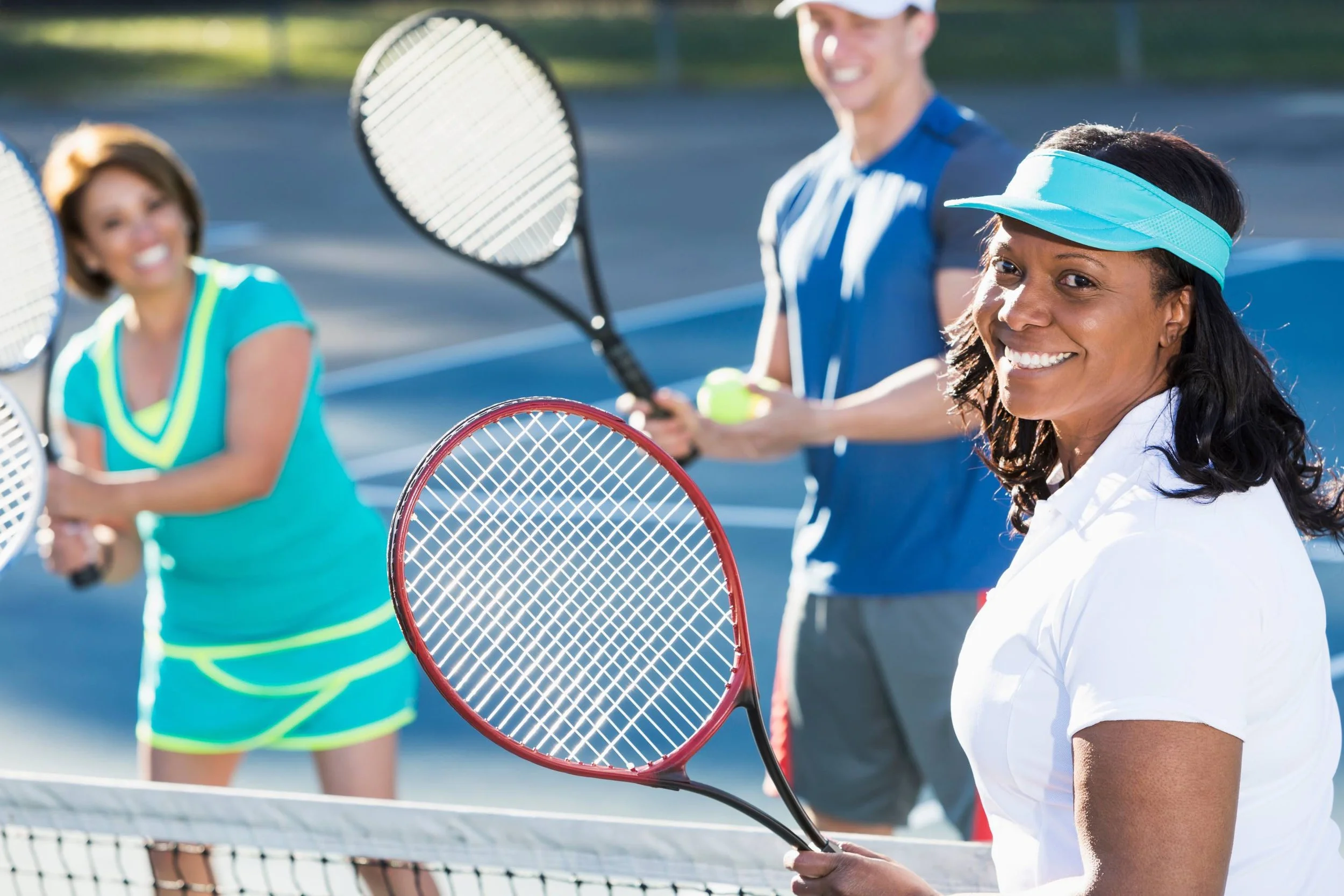














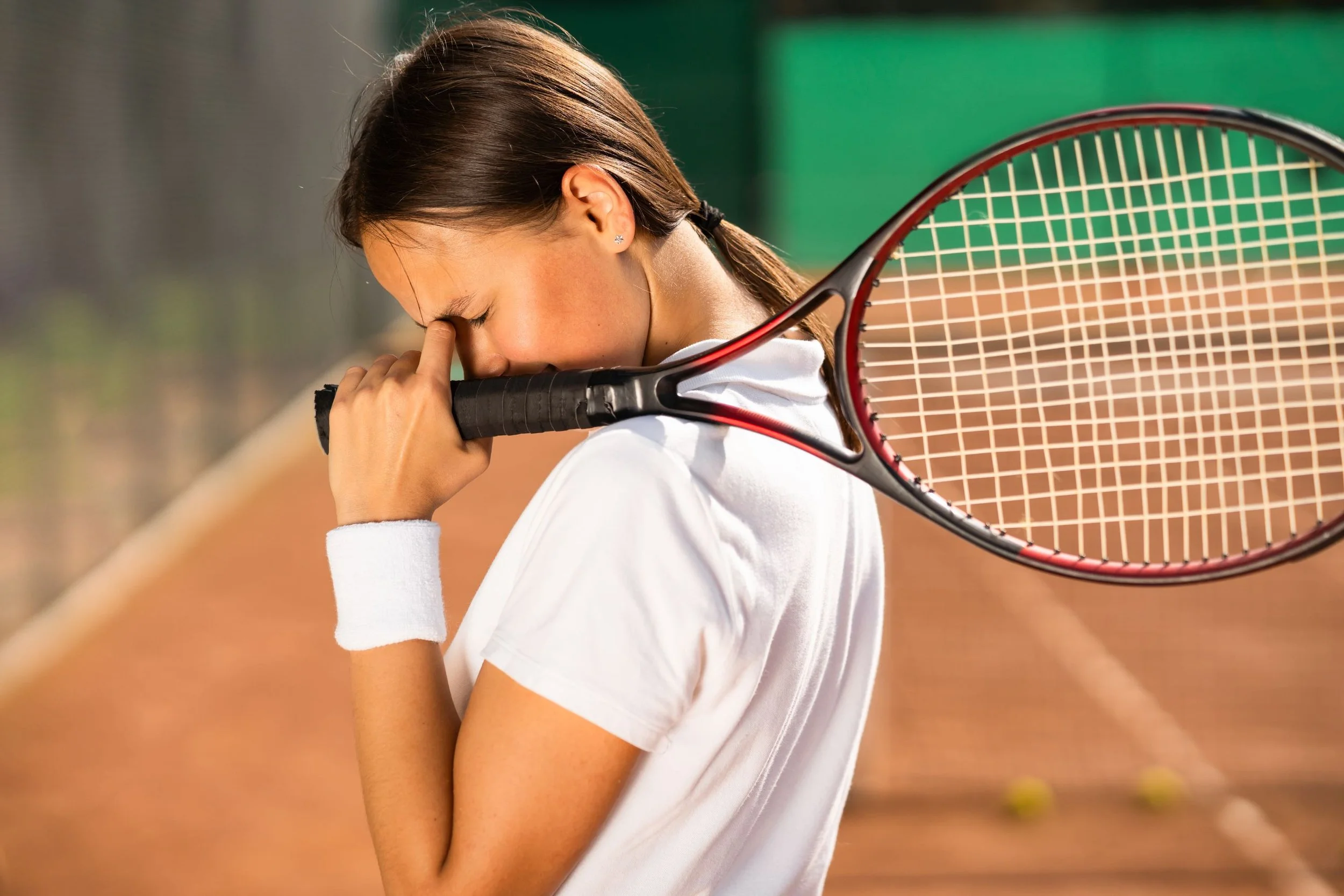













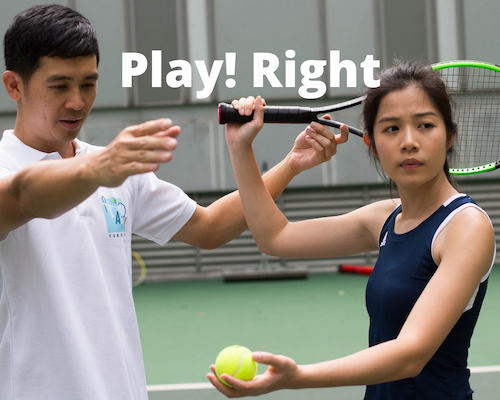
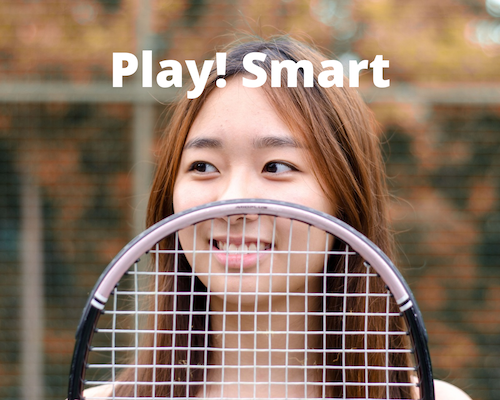
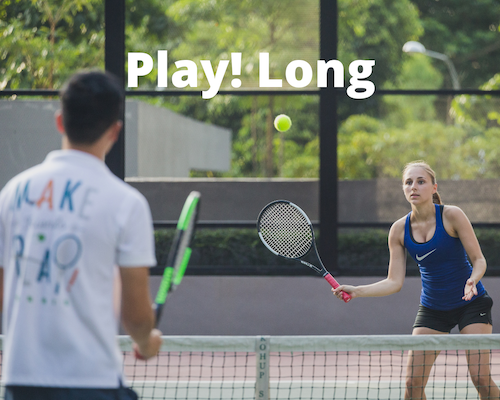
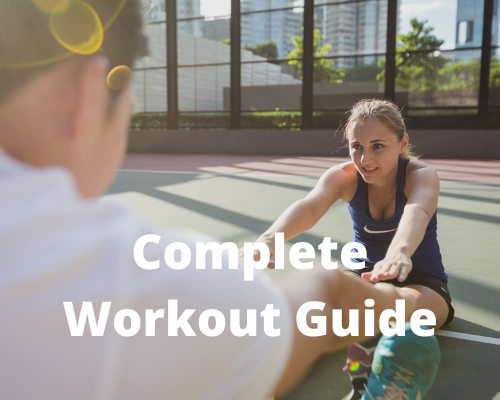
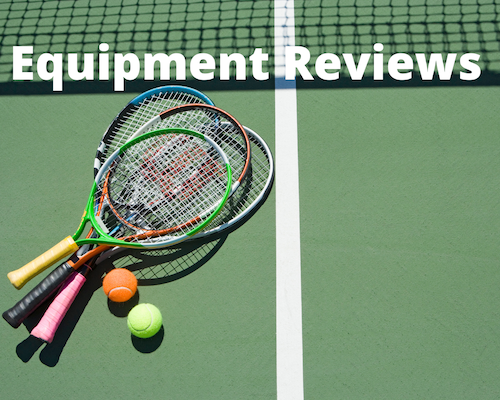

When it comes to pursuing your passion for tennis, agility, and finesse on the court can often be marred by an opponent that's neither visible nor invited - the infamous tennis knee. This common injury among tennis players can put a dampener on game days and practice sessions, hindering footwork and ultimately your overall performance. But fear not, there is a natural solution – glucosamine supplements.